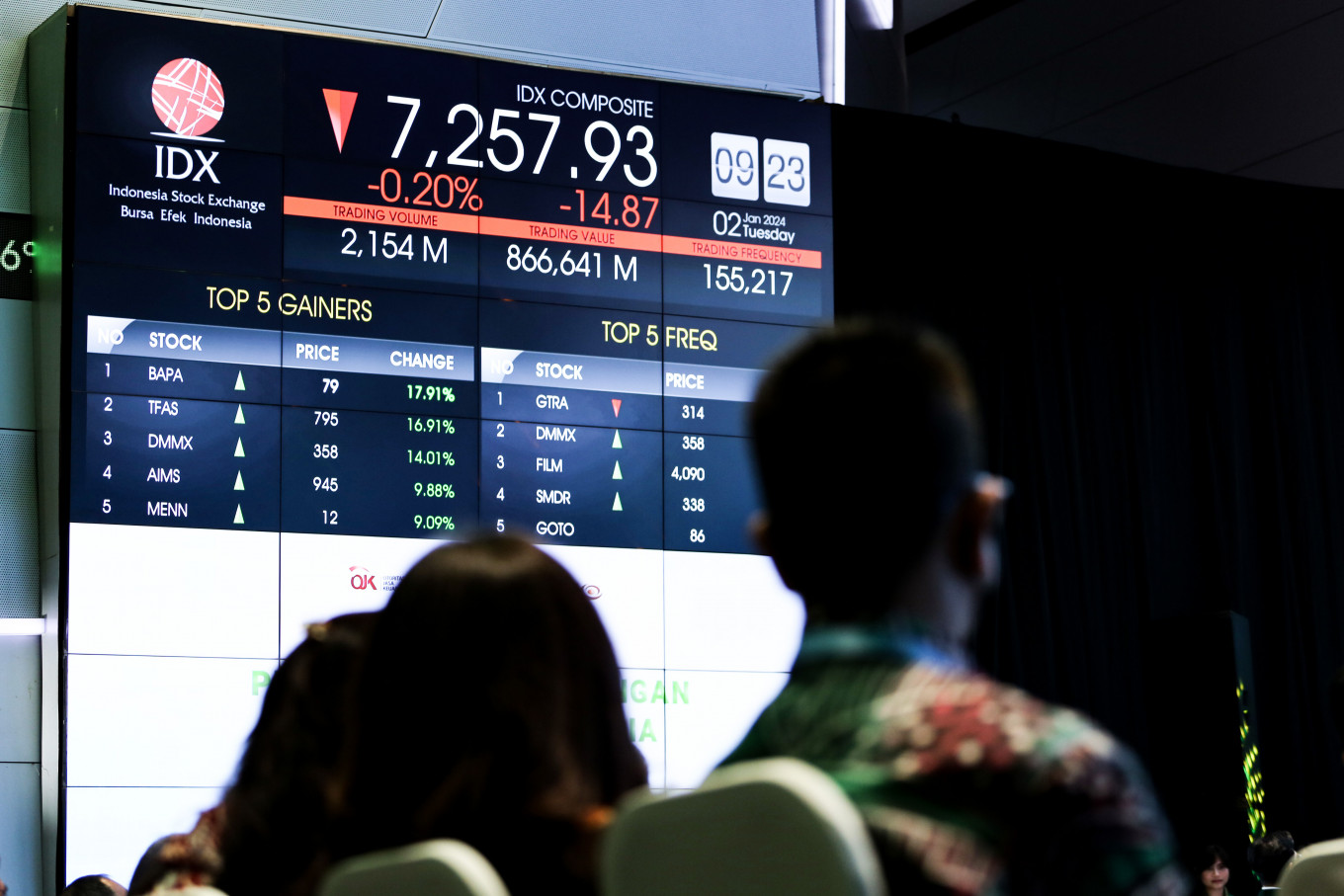[ad_1]
SEOUL – South Korea’s export-oriented economy contracted just -1% year-on-year in 2020, preliminary data from the Bank of Korea showed on Tuesday.
On the plus side, that moderate contraction amid the unprecedented strains of the pandemic beat multiple estimates. Seen through a comparative lens, the high-tech, export powerhouse was among advanced economies’ star performers last year.
On the negative side, 2020 marked the first annual recession South Korea has suffered since 1998. That was the pivotal year when Seoul, under pressure from the International Monetary Fund (IMF), opened markets and re-engineered the Asian crisis-struck nation’s corporate, financial and labor sectors, making South Korea one of the most recession-proofed economies in both the region and world.
The results, released Tuesday by the  Bank of Korea (BOK), slightly outpaced the central bank’s estimates earlier in the year of a 1.1%-1.3% contraction. It also beat state-run think tank the Korea Development Institute’s expectation of a -1.1% drop.
In 2021, the BOK anticipates the economy will expand 3% – itself an upgrade of its prior forecast of 2.8% growth. The KDI anticipates growth of 3.1% this year. Over the last eight years, South Korea’s annual GDP growth trends have been fluctuating between a low of 2.0% and a high of 3.2%.
The 1% contraction puts G12 economy South Korea north of most other advanced economies, according to the estimates in the IMF’s October World Outlook report, which anticipates far grimmer numbers elsewhere.
That report expects Canada to contract at -7.1%, France at -9.8%, Germany at -6.0%, India at -10.3%, Italy at -10.6%, Japan at -5.3%, Russia at -4.1%, Spain at -12.8%, the United Kingdom at -9.8% and the United States at -4.3%.
Even so, South Korea is not quite the head of the pack, an honor that goes to China. Figures released last week by the Bank of China showed Chinese GDP expanded by a surprisingly muscular 6.2% in the fourth quarter year on year.
A separate dataset – the OECD’s Economic Outlook – estimated that only China would outperform South Korea in 2020, with GDP growth of 2.1%.
The positive macroeconomic data suggests that South Korea is poised to break into the G7 group of economies in terms of personal wealth.
Data from financial news provider Bloomberg shows South Korea’s per capita gross national income is just below that of Italy, at the bottom of G7 rankings. While Italians have a GNI of US$34,500, South Koreans are catching up with $33,800.
South Korea, the second country after China to be hit by Covid-19, has handled the pandemic with a globally admired combination of mass testing and high-tech contact tracing, buttressed by flexible application of social distancing rules. Presently, new infections are fluctuating around 400 per day, down from about 1,000 a day at the end of last year.
Most significantly for the economy, the country did not mandate a single lockdown, either nationally or locally. Even at the height of the pandemic, restaurants and shops remained open, and no ports, plants or logistics terminals were closed unless they suffered outbreaks.
Good signs, bad signs
Exports were the saving grace for South Korea, with an uptick seen in the second half and a surge at year-end. Exports rose 5.2% quarter-on-quarter in Q4. In December, they advanced 12.6% year-on-year.
South Korea’s leading export items are technology components, and that sector saw a major uptick during the pandemic due to increased demand for data centers and personal devices with which to recreate and work from home – another major South Korean export item. Autos are also in recovery mode.
According to Korean Customs data from the first 20 days of 2021, exports of memory chips rose 11.6% year-on-year, shipments of autos gained 15.7% and exports of telecommunication devices shot up by 60.5%. Shipments of goods to South Korea’s two leading export destinations – China and the United States – rose by 18.6% to each country over the period.
Strong exports are expected to continue in 2021, Fitch Solutions Country Risk & Industry Research noted in a report sent to journalists on Monday.
“Strong demand for semiconductors and a strengthening of the global trade backdrop will provide tailwinds for goods exports, while soft domestic demand will cap imports,†said the ratings agency. “We forecast goods and services to grow 6.7% in 2021.â€
Fitch is particularly bullish on the country’s leading company, Samsung, and its leading export item, semiconductors, which are facing a global supply shortfall.
“We flag the semiconductor sector – which accounts for 19% of goods exports – as a key outperformer, given elevated demand and US’ restrictions on Chinese production,†Fitch noted. “Moreover, the potential for US chipmaker Intel to outsource production to South Korean semiconductor manufacturer Samsung heightens the medium-term prospects for the sector.â€
Even so, while macroeconomic and export trends look solid, the impact at the bottom end of the economy has been heavy.
Consumer spending was constrained at year-end, as the country battled the pandemic’s third and most serious wave so far. Moreover, 2020 saw the highest increase in jobless numbers in 22 years, when the country was hammered by the 1997-98 Asian financial crisis.
As a result, local media are suggesting a K-shaped, rather than V-shaped recovery, and widening income gaps. To provide a soft landing, three national aid disbursements have been made to SMEs so far and the government is urging the front-loading of budget spending in 2021.
[ad_2]













